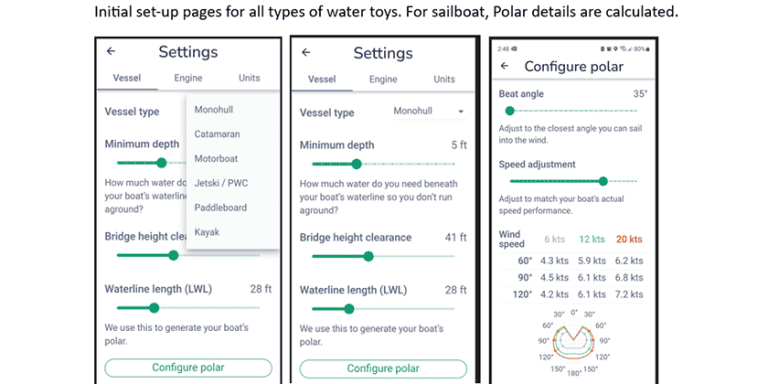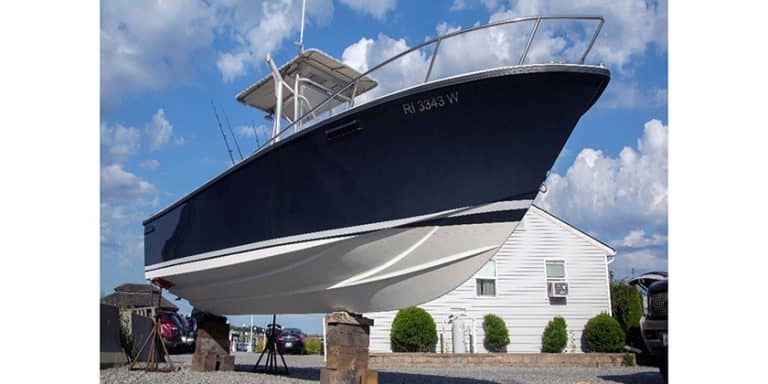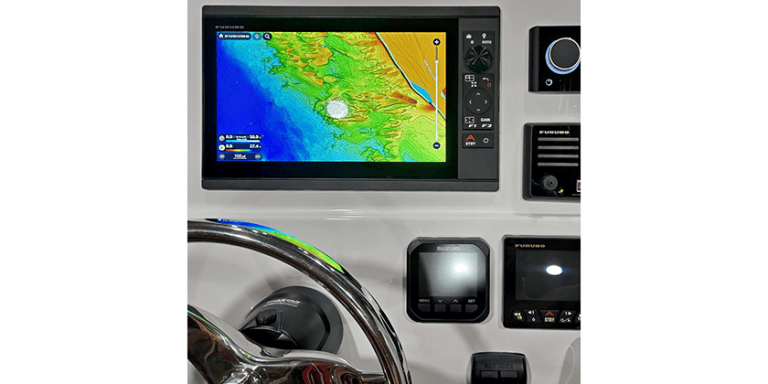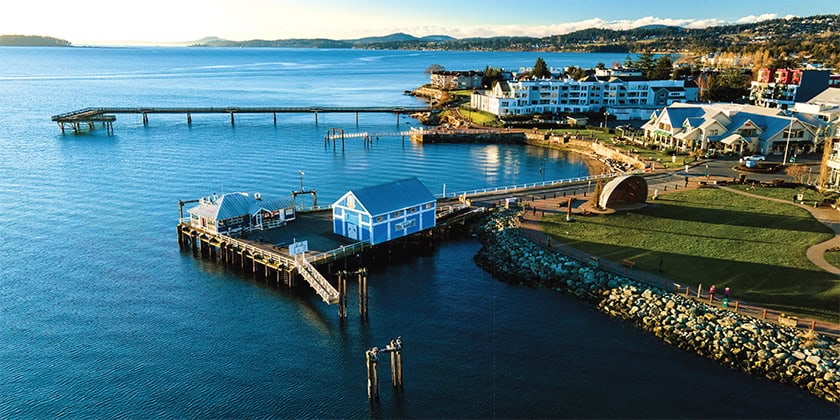Taking Care and Adding Years to Your Canvas

Feb 10, 2022
by Marc Robic
Whether you’re a powerboater or a sailor, and for those of us that have our boats hauled out and stored, winter is an excellent time to take proper care and maintenance of your canvas. Regardless of the investment that can vary greatly, we know how indispensable they are for increasing and extending the enjoyment of our beloved boating seasons.
Canvas items, such as biminis, dodgers, sail covers or simple boat covers, etc. including those with plastic windows get an unbelievable beating all season long with constant exposure to sun, water and the elements – whatever Mother Nature decides to throw at us!
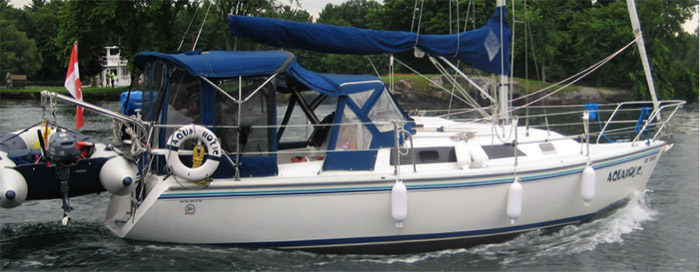
In our case, we have quite a few items including sail cover, bimini & dodger plus full enclosure panels comprised of ten removeable window/screen panels to complete the package. Thanks to these, we’ve been able to stay cool in the shade on hot days and dry on rainy days. Dining in the cockpit or just enjoying being on the boat during periods with lots of bugs, such as the annual shad fly season, we roll up the windows, leaving only the screens and enjoy the cool breezes without the bugs.
Thanks to our “canvas” I often sleep in the cockpit while at anchor, protected from the elements while enjoying a nice airflow and a view of starry night skies followed by great sunrises. So, our canvas plays a very important role in our overall enjoyment as well as extending our seasons. It’s such a contributing part of the boat, your canvas should not be neglected.
Regardless of the canvas you have, big or small, taking proper care of it will easily extend the life of these luxury pieces of fabric. Ours is going on more then 12 years now and still looks great and fits perfectly.
But we take extremely good care and have developed somewhat of a routine, during the winter months, as well as during the season. It does not take much time, but the results and return make it all worthwhile, especially when one considers the replacement cost.
Here is our routine!
In the fall, while getting the boat ready for hauled out, we carefully remove and roll each canvas component and bring them home. One of the most challenging pieces is the dodger, as it the largest and has plastic windows everywhere. Bending or folding these windows is out of the question. So, once we have properly folded the dodger in such a way no windows are bent, we then use a large diameter cardboard tube to roll the whole thing.
For best results, use a tube about 6” to 8” in diameter and about 4 to 6 feet long. We got our for free at our local chandlery and sail loft, The Boathouse in Montreal. The tube came from an empty Sunbrella fabric roll. You can also get tubes at any fabric store.
As we remove the canvas, we carefully inspect each one. If we find anything that needs attention, we bring it to our sail loft for mending. So far, it has always been preventative, such as restitching an area where the thread is starting to come apart. Last year, the sail cover canvas threads were starting to look bad. So, we had our sail loft restitch the sail cover, a very inexpensive maintenance. The year before, we had the bimini “peak-a-boo” window panel replaced. Compared with the replacement or repair costs if we left these to continue to deteriorate, these regular maintenance costs are very affordable.
Maintenance costs far less than repairs or replacement!
Also, when considering any restitching, remember that the thread material used in all marine canvas and sails, are special thread that will resist exterior conditions and have a very high UV protection property. So, having this work done at a local alteration retailer, should be avoided, unless they can provide the proper thread for you.
After haul out and once the boat winterization is done, we turn our attention to the canvas. Since there is no rush, we take our time doing one or two pieces at a time. Because we do this inside the house, we lay down a large mover’s blanket to protect the flooring and the canvas panels.
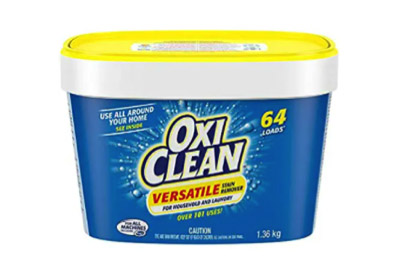
Using a bucket with a mixture of Oxy Clean in warm water and a soft brittle brush, we lightly wet and brush the canvas. Using a microfiber towel, we wipe down as we go, rinsing the microfiber towel often in a separate bucket of clean water. For the bimini and dodger, we repeat the process 2 times for all outside facing surfaces. To compete the process, we Shop Vac the surfaces to soak up as much leftover humidity as possible. We then give the pieces about two days to dry. NOTE, we do not touch the plastic windows while cleaning the canvas.
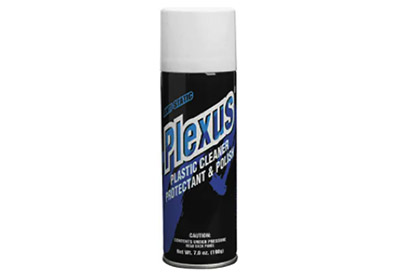
Once the canvas is dry, we clean and treat the plastic windows with Plexus, a really great product worth it’s somewhat higher price. It keeps the plastic clean, flexible and protected. If there’s another product out there that does as good or better, I have not seen it, and I’ve tried many! Easy spray on and wipe/polish with a clean microfiber towel.
After all the canvas is done, all the panels are rolled up stored in a bag and kept in a dry area inside our house.
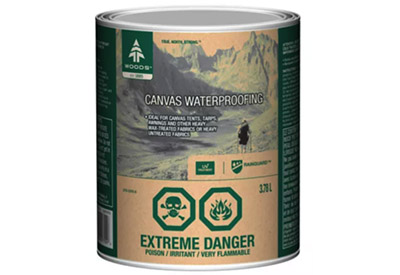
In the spring, we lay the pieces outside, on large blankets to protect them from dirt and grass, with the tops and outside surfaces facing up. Using Woods camping canvas waterproofing and UV protector, we “paint” the entire canvas area and let dry. This will not only prevent water from dripping through, but will also protect the canvas and all the stitching from the sun and elements. We find it also protects and prevent the colour from fading.
(By the way while we do these boat pieces in the spring, we also “paint” waterproofing on our three outdoor patio umbrellas.)

Marc Robic
Marc is a member of the Canadian Power & Sail Squadron. He and his wife, Claude Couture sail their Catalina 270, Aquaholic 3, out of the Ile-Perrot Yacht Club in Montreal, where Marc spent 16 years as volunteer Harbour Master. They are also regular Caribbean bareboat yacht charterers. With over 40-years experience, Marc is an avid onboard do-it-yourselfer.
Marc Robic & First Mate, Claude
mrobic@aol.com

